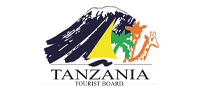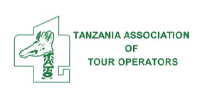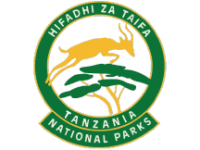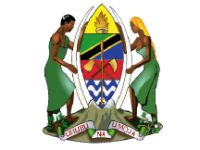A fantastic day starts with a delicious breakfast in the morning! After breakfast, you will be driven to the Serengeti National Park by your guide. We’ll be driving through the mist-shrouded rainforests of the Ngorongoro Conservation Area, where you might see baboons, leopards, or elephants. On your way to the Serengeti National Park, you will be able to see the breathtaking Ngorongoro Crater while passing through the Ngorongoro Conservation Area.
The term “Serengeti” is derived from the Maasai word siringit, which means “endless plains”. You’ll understand why when you see its ocean of grassland savannas stretching as far as the eye can see. The Serengeti ecosystem is one of the world’s oldest and best preserved. Climate, vegetation, fauna, and flora have remained largely unchanged over the last million years. Life, death, adaptation, and migration patterns are as old as the hills themselves. Keep an eye out for the spectacular views and landscape as you enter Serengeti National Park.
You will almost certainly arrive at the Serengeti National Park’s gate after the morning hours or by lunchtime, equipped with a picnic-packed lunch box. Following lunch and check-in, you’ll go on an afternoon game drive, learning about the animals and the scenery until late afternoon, when your guide will drive you to your central Serengeti lodge for dinner and an overnight stay.





















